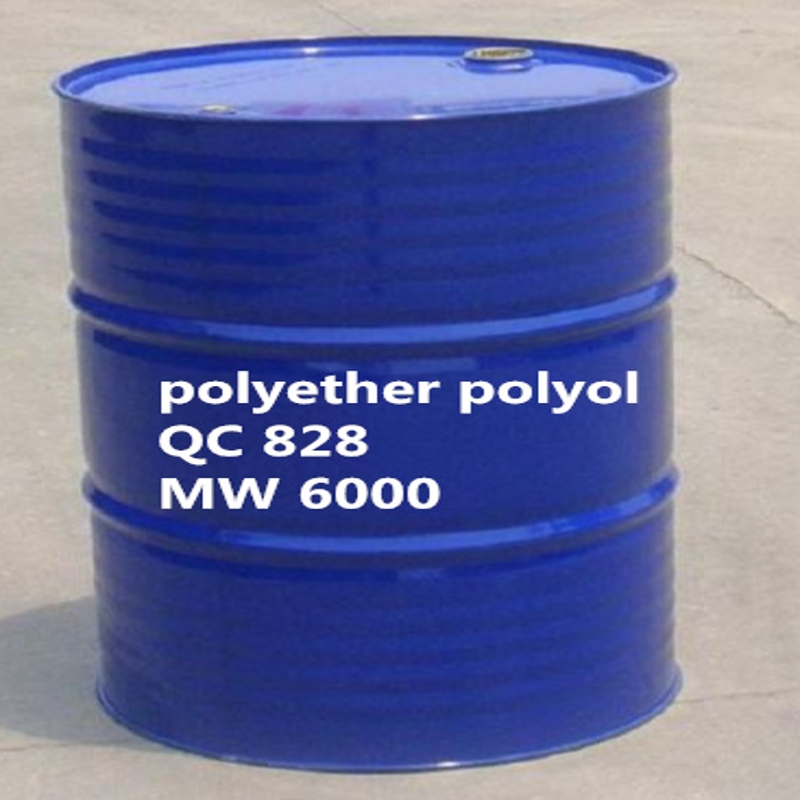-
Categories
-
Pharmaceutical Intermediates
-
Active Pharmaceutical Ingredients
-
Food Additives
- Industrial Coatings
- Agrochemicals
- Dyes and Pigments
- Surfactant
- Flavors and Fragrances
- Chemical Reagents
- Catalyst and Auxiliary
- Natural Products
- Inorganic Chemistry
-
Organic Chemistry
-
Biochemical Engineering
- Analytical Chemistry
- Cosmetic Ingredient
-
Pharmaceutical Intermediates
Promotion
ECHEMI Mall
Wholesale
Weekly Price
Exhibition
News
-
Trade Service
According to foreign media reports, due to the uncertainty of unprecedented technological development trends caused by optical fiber links reaching the physical limit they can carry, the risk of rising Internet data transmission costs in the future is huge
.
According to a report by Ovum, a world-renowned analyst consultancy, in the second half of 2013, there was a sharp increase in 400G and 1TB system trials by global suppliers and operators, which in turn drove the development of
the 100G commercial market.
However, the 400G+ capabilities currently on the market rely heavily on 100G technology, combined with 100G or 200G channels to form a "super channel"
.
The two-decade period of network capacity expansion is coming to an end, and continued supply of abundant and cheap bandwidth is difficult to guarantee
.
High-speed optical transmission will approach a formidable physical barrier
known as the nonlinear Shannon limit.
As it becomes increasingly difficult to increase the capacity of each fiber line, and eventually impossible, operators will have to lay more fiber, but at great
cost.
As systems with 400G and 400G+ technologies must weigh the achievable channel capacity, the effects of physical limitations are already being felt in long-haul networks
.
Ovum also warned that metropolises are likely to become an even bigger pain point
in the future.
In these regions, traffic rates are growing about twice as fast as long-distance rates and are likely to hit the nonlinear Shannon limit
first.
Researchers are scrambling to study a new technology curve that will bring another 100-fold increase
in system capacity like DWDM (dense wavelength division multiplexing) did in the nineties.
Many vendors are exploring so-called "space division multiplexing" (SDM) technology, which increases the capacity
of fiber by using multicore, multimode, or both.
Network operators are skeptical, fearing that the cost of space division multiplexing technology is too high
.
The debate also concerns that the technology is still too mature to meet the urgent needs
.
Coriant recently announced the first field trial
of space division multiplexing.
Current commercial systems will hit the nonlinear Shannon limit
between 2018–2021.
Ovum believes that in the meantime, operators will use some one-off measures in an effort to extend the deadline by several years
.
This will provide suppliers with good technology development opportunities, but it will not help solve long-term problems
.
Karen Liu, principal analyst of telecom components at Ovum, said: "Hopefully, more and more whimsy will be heard as technicians are forced to discard the various means they use to squeeze the last trace of capacity in a single fiber
.
We are too obsessed with the superiority of optical network capacity expansion for two decades in a row
.
Let us not expect it to remain free of charge
, as it has been in the past.
”
According to foreign media reports, due to the uncertainty of unprecedented technological development trends caused by optical fiber links reaching the physical limit they can carry, the risk of rising Internet data transmission costs in the future is huge
.
According to a report by Ovum, a world-renowned analyst consultancy, in the second half of 2013, there was a sharp increase in 400G and 1TB system trials by global suppliers and operators, which in turn drove the development of
the 100G commercial market.
However, the 400G+ capabilities currently on the market rely heavily on 100G technology, combined with 100G or 200G channels to form a "super channel"
.
The two-decade period of network capacity expansion is coming to an end, and continued supply of abundant and cheap bandwidth is difficult to guarantee
.
High-speed optical transmission will approach a formidable physical barrier
known as the nonlinear Shannon limit.
As it becomes increasingly difficult to increase the capacity of each fiber line, and eventually impossible, operators will have to lay more fiber, but at great
cost.
As systems with 400G and 400G+ technologies must weigh the achievable channel capacity, the effects of physical limitations are already being felt in long-haul networks
.
Ovum also warned that metropolises are likely to become an even bigger pain point
in the future.
In these regions, traffic rates are growing about twice as fast as long-distance rates and are likely to hit the nonlinear Shannon limit
first.
Researchers are scrambling to study a new technology curve that will bring another 100-fold increase
in system capacity like DWDM (dense wavelength division multiplexing) did in the nineties.
Many vendors are exploring so-called "space division multiplexing" (SDM) technology, which increases the capacity
of fiber by using multicore, multimode, or both.
Network operators are skeptical, fearing that the cost of space division multiplexing technology is too high
.
The debate also concerns that the technology is still too mature to meet the urgent needs
.
Coriant recently announced the first field trial
of space division multiplexing.
Current commercial systems will hit the nonlinear Shannon limit
between 2018–2021.
Ovum believes that in the meantime, operators will use some one-off measures in an effort to extend the deadline by several years
.
This will provide suppliers with good technology development opportunities, but it will not help solve long-term problems
.
Karen Liu, principal analyst of telecom components at Ovum, said: "Hopefully, more and more whimsy will be heard as technicians are forced to discard the various means they use to squeeze the last trace of capacity in a single fiber
.
We are too obsessed with the superiority of optical network capacity expansion for two decades in a row
.
Let us not expect it to remain free of charge
, as it has been in the past.
”







